November 13, 2015
El Niño in the Galapagos Islands – Everything You Need to Know
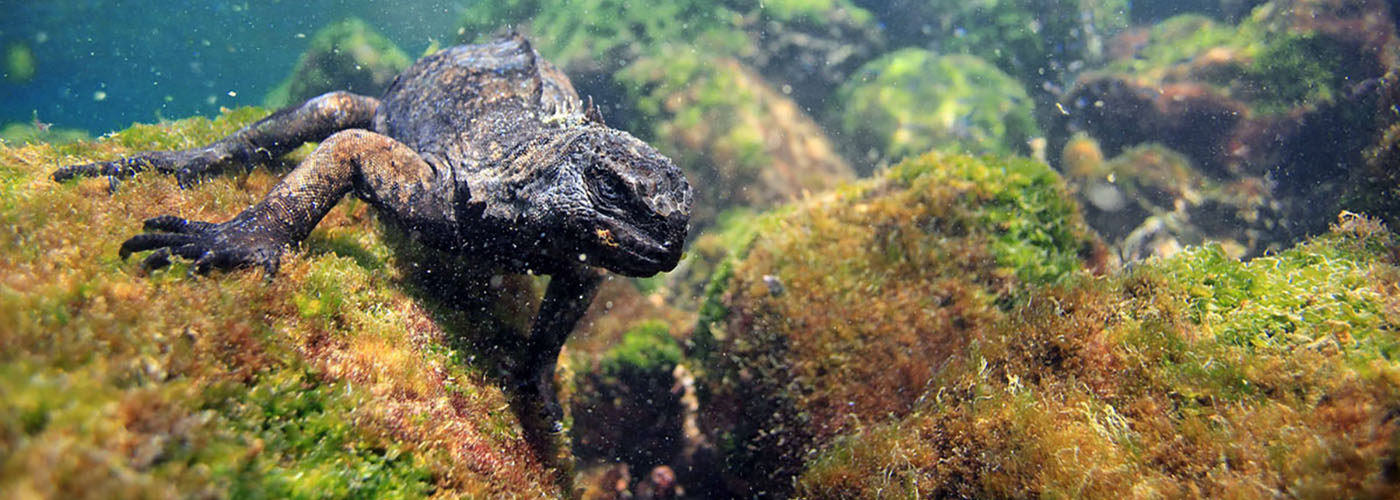
El Niño is out there. This natural weather cycle has affected the Galapagos wildlife in the past, and will do so again in the future.
We can’t control the weather, and the Galapagos Islands are unique, not just for their wildlife, but how the wildlife is managed here. We’re a National Park, so we’re bound to let nature take its course and hope that the marine iguanas, blue-footed boobies, sea lions and other creatures all survive whatever Mother Nature throws at them.

Blue-footed Boobies do NOT like El Niño
Most El Niño events are mild or short-lived so the damage to the ecosystem in the Galapagos is minor. Occasionally, the El Niños are extended, lasting for many, many months. During these events, things can get tough for some of the wildlife here.
An El Niño is a natural weather occurrence, and together with La Niña (colder water temperatures) they make up the ENSO (El Niño-Southern Oscillation) cycle. El Niño events tend to occur at least once every seven years, more frequently than La Niña events. Most events last between nine and twelve months.
What happens when an extended El Niño hits the Galapagos?
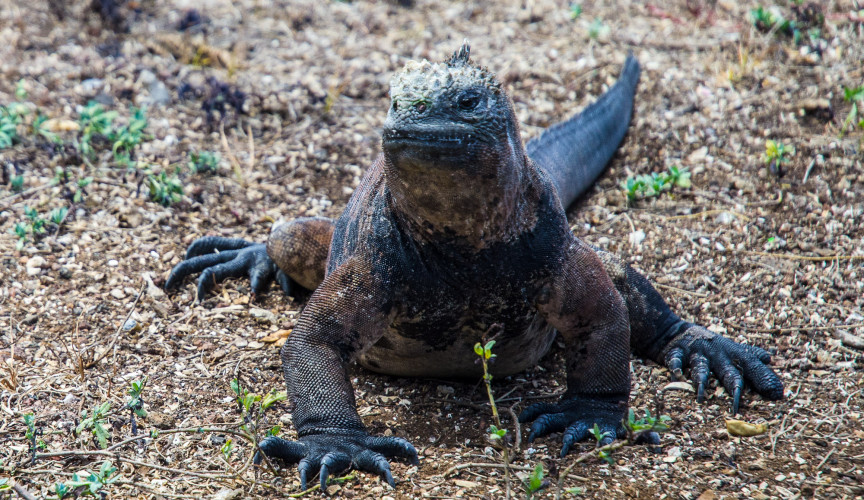
Marine Iguanas suffer during an El Niño due to lack of food
In short, it is the marine creatures that suffer most. As water temperatures rise above normal, small creatures such as sardines, algae and krill stop being as plentiful. With fewer of these around, the boobies, pelicans, penguins, sea turtles, marine iguanas and frigate birds can all suffer.
Without enough food, populations decline, some from starvation because they can’t find enough food. Many birds have to fly further to find food, such as the blue-footed boobies, and if they can’t find enough they stop reproducing. Less babies, combined with starving adults, can take its toll on the local wildlife.
Sea lions also suffer, as they have to head further out to sea for their food. Marine iguanas get hit hard, because the warmer water temperatures mess with their food source – algae. If they can’t get their food, they starve as well.
Now travelers on sites like TripAdvisor fear that they will arrive in the Galapagos to a scene of devastation, with dead animals everywhere, and live animals hard to find. That won’t happen. There will always be an abundance of wildlife in the Galapagos as weather fluctuations simply impact certain species more than others.
The cycle of life goes on all year here, so you may walk by a dead baby sea lion carcass at any time of year. During an El Niño, it’s just possible you’ll see more.
But don’t be fooled, sea lions still swim around snorkelers with curiosity, and you’re likely to see all of the same animals as non El-Niño years, just some in potentially much smaller numbers.
Species Most at Risk during an El Niño
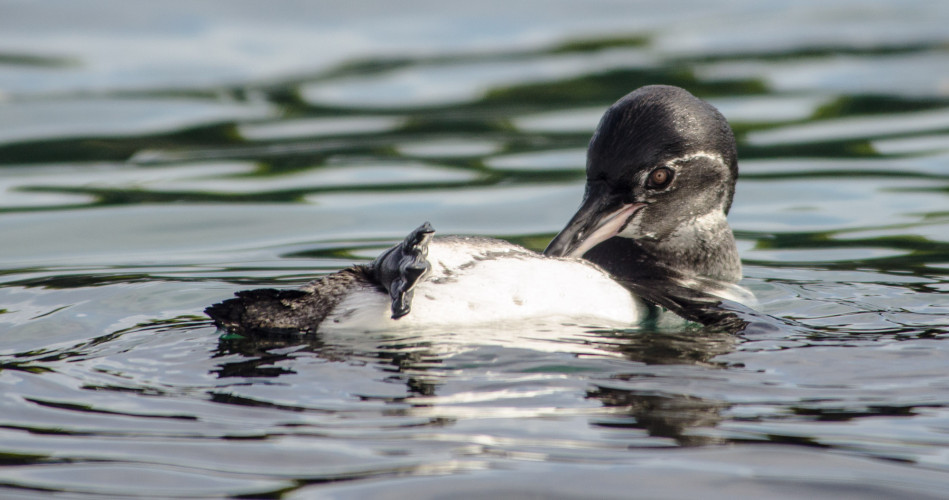
Galapagos Penguins can be hard to find during an El Niño
One very susceptible species is the Galapagos Penguin. As their numbers are low to begin with, and they are highly sensitive to El Niños, penguins may seek out new locations with better food supply. They may not be seen at the traditional convenient spotting locations like Puerto Villamil and Bartolome Island.
The Flightless Cormorant on Fernandina is another species that suffers greatly during El Niños. Their inability to fly obviously limits their range for seeking food around the island. Less food in the water around Fernandina means the cormorants are at risk of being wiped out, perhaps even more than the Galapagos penguins as they’re only found in one location in the islands.
While widespread, the marine iguanas always suffer greatly during any El Niño. They seem to rebound nicely every time, after a year or more of favorable conditions. Still, while it is impossible to imagine the Galapagos without marine iguanas, they have very little defence against a force of nature that can wipe out their entire algae food supply and replace it with different algae that isn’t part of their regular diet. During past El Niño events, the marine iguana populations were reduced by as much as 70%, but the iguanas responded by laying eggs more frequently and reproducing at a younger age after El Niño events. They are very adaptable creatures, that have obviously learned how to survive in the harshest conditions!
History Of El Niño in the Galapagos Islands
There have been many El Niño events in the Galapagos Islands over the past 30+ years. Back in 1982-1983, a very strong El Niño hit the Galapagos Islands. This particular El Niño wiped out 70% of the marine iguanas and reduced populations of many sensitive animals, but it also had a huge impact on the coral systems of the Galapagos. There isn’t a massive coral reef in the Galapagos Islands, so what coral does exist has traditionally been hit hard by El Niños. Since the 1982-1983 season, coral levels have never been the same.
One of the worst El Niños to hit the Galapagos was 18 years ago. In 1997-1998 a strong El Niño hit marine iguana, galapagos penguin, sea lion and sea turtle populations hard. A number of penguin colonies were wiped out. It took a few years for some species to return to normal.
The most recent El Niño in the Galapagos was from 2009-2010 and had very little impact on the islands and wildlife. It caused more destruction in other parts of the world.
Ultimately, like a weather forecast you really can’t predict what will happen in a month or two. Even knowing that an El Niño is already here isn’t enough to determine how much of an impact it will have by the time it is over.
The Good News about El Niño in the Galapagos
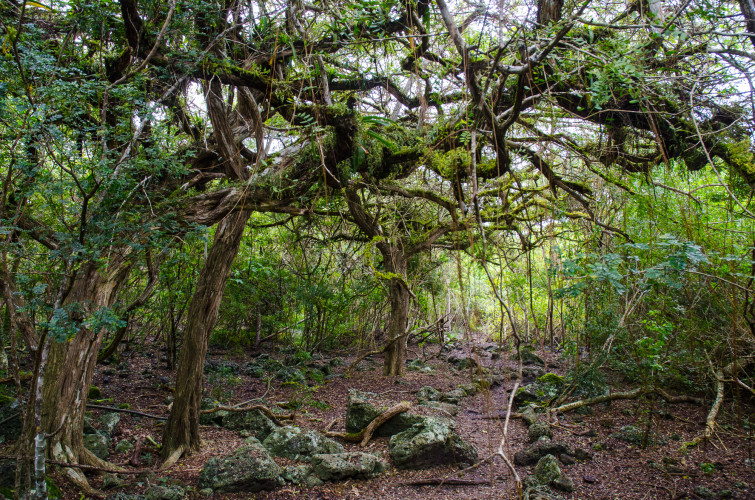
More rain in the highlands means more vegetation to eat for species like Giant Tortoises
The good news is that some animals thrive during an El Niño. Where the water creatures suffer, the land animals prosper.
Land iguanas, finches, Galapagos hawks, mockingbirds, lava lizards and giant tortoises all have it easy during El Niños. More rainfall means more vegetation and more insects. With more flies and other insects to eat, the land bird populations are healthy. Lava lizards have plenty to eat, as do the tortoises, which live up in the moist highland areas to begin with.
So if you’re a land creature you’re giving El Niños high-fives and handshakes, because life is good. If you live off of the sea, you’re cursing the currents.
Current Cause & Effect
The Galapagos Islands are on the equator, but it is not a tropically warm, big coral reef type of archipelago. What makes things so special in the Galapagos is the merging of currents, in particular the cold Humboldt Current that passes through the islands.
This cold current is like an IV-line for sea creatures. Dense with nutrients, krill and plankton, creatures as big as whales and as small as boobies rely on these nutrients. Without the nutrient-rich cold current, whales and dolphins don’t have a need to stop near the Galapagos. They follow the food elsewhere in the ocean.
Galapagos seabirds and marine iguanas don’t have that mobile luxury, so they suffer most.
Overall, the warmer ocean currents dominate around the islands. In most years, the Humboldt Current is strong enough to bring cold water temperatures to the islands and supply us with plenty of nutrients. But, during El Niño times, the warm currents are too strong and stop the cold current from being able to supply the islands with the nutrient-rich waters.
During minor El Niños, it may only be a handful of months of slightly above-average warmth, before the cold waters return. In such cases, the damage isn’t so bad. In more serious cases, El Niño can last for many seasons, with temperatures rising 3-4C above normal. In these cases, the El Niño breaks traditional breeding cycles and causes large-scale starvations. There have been some extreme El Niños in the past, which devastated populations, but you wouldn’t know it years later. The populations have a way of rebounding and part of that is because of La Niña.
Don’t forget about La Niña
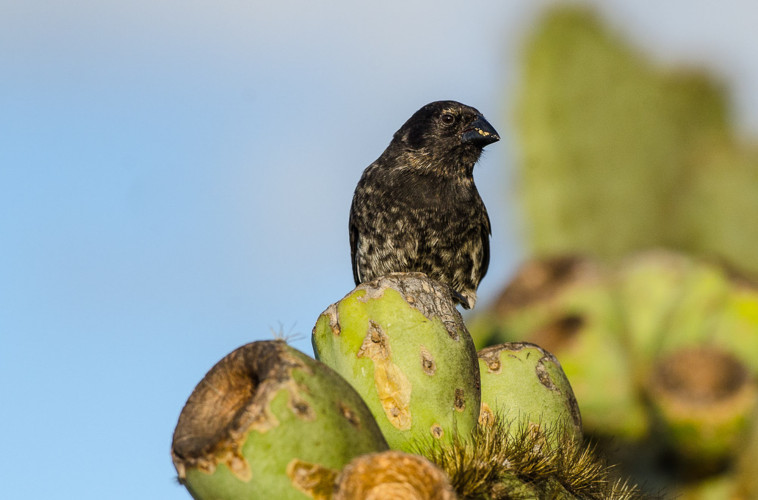
The Famous Galapagos Finches thrive during an El Niño, but suffer during a La Niña
Not nearly as much hype surrounds La Niña as it does El Niño. After most years of warmer waters and rougher times for the sea creatures, they get rewarded with a period of time with cooler than usual waters. It does not happen after every El Niño, but when it does, it has the opposite impact on the land and sea creatures of the Galapagos.
Land creatures suffer from less rainfall, so insects aren’t as abundant and vegetation doesn’t grow as much. They have to struggle to find food, and their populations can temporarily suffer. Animals that hang out in the highlands, such as giant tortoises, are not impacted as much as animals living along the dry coastlines, such as lava lizards.
Sea creatures on the other hand are presented a bounty of small delicacies to feast on, and marine iguanas get their tasty algae back. It may be a cruel way for nature to ensure that only the strongest survive, but it is a strong reminder to visitors that the Galapagos is a rare and special place, much different than any zoo or aquarium back home.
El Nino Impacts the People and Towns Too

Puerto Villamil has experienced beach damage and flooding in the past
While it may not be at the top of mind for most travelers, the Galapagos towns are impacted as well. High rainfall and unusual weather conditions can result in damage to buildings, and even possible flooding in towns along the coast of the Galapagos Islands.
Local businesses may prepare for El Niño by shoring up their foundations and roofs. Landscapes can get changed when extremely powerful El Niños occur, with places like the beach in Puerto Villamil susceptible to damage and being washed away.
The good thing is that after a few serious El Niños have hit the Galapagos Islands, knowledge of how to deal with them and create the proper infrastructure for visitors, and locals, has grown. The overall risk to a visitor coming to the Galapagos Islands during an El Niño event is lower than it was 10 or 20 years ago.
Should You Visit the Galapagos During an El Niño?
Visiting the Galapagos Islands is usually a once-in-a-lifetime travel experience. Getting the best experience out of your Galapagos vacation probably means seeing the highlands, visiting some towns, taking some hikes and of course seeing lots of wildlife.
All of these experiences can be impacted during a serious El Niño, so it is up to you to decide how flexible you are in your travel plans. The weather will be hot, the water will be warm.
There will still be abundant wildlife in the Galapagos and plenty of places to see and people to meet. As for the current El Niño in the islands, there are early signs that some wildlife is starting to suffer. Marine iguanas on selected islands are appearing stressed, while on other islands the wildlife is still in top shape.
It is still early right now in terms of the potential impact of the current El Niño. If you’re looking to travel soon, your Galapagos experience will be great. If you’re looking to travel in early-mid 2016, only Mother Nature knows for sure how the wildlife and islands will hold up.
More signs of stress on the wildlife may appear by the start of 2016. If marine iguanas are still relatively healthy in most areas by the end of January 2016, then it could be that the current El Niño won’t be as damaging as some people predict.
What to Pack if You Visit during El Niño
Not much changes in terms of packing for the traveler visiting the Galapagos Islands during an El Niño. However a few items are of higher importance, in particular a decent rain jacket or poncho to keep you and your camera dry during any rain storms. While you can often visit the islands without any pestering flies or bugs, during an El Niño you will notice some pests along the trails you hike, so a supple of bug deterrent is important to have during an El Niño. IF you plan to spend a good amount of time on land (more than a traditional cruise), then an extra pair of lightweight travel pants / trousers and a long-sleeve shirt will come in handy during the evening when flies or mosquitoes may be more prevalent.
As the current El Niño begins to take hold, we’ll post updates on our blog. Recent trips have still been seeing plenty of turtles, sea lions and sharks on their snorkel trips. We’re also still seeing marine iguanas walking along the lava rocks and waterfront outside our Galakiwi office and penguins hanging around town on Isabela Island.
